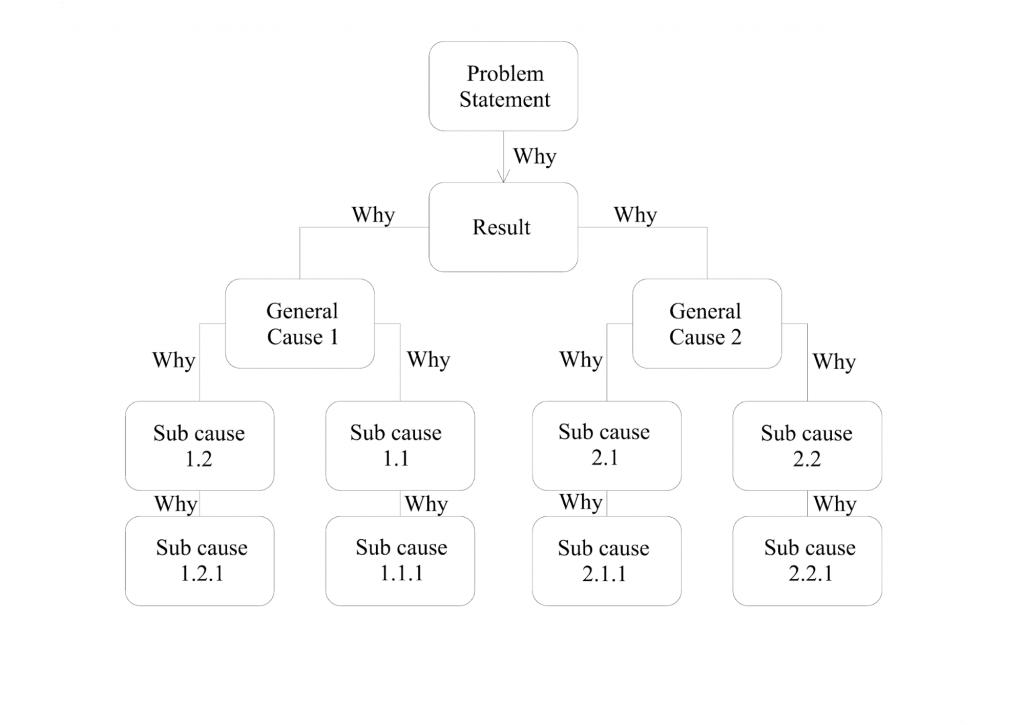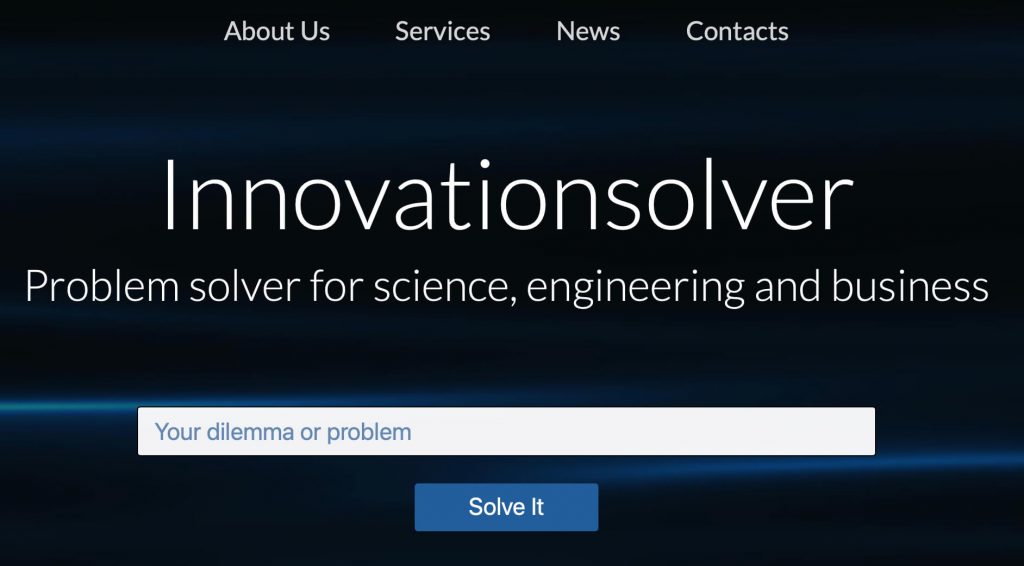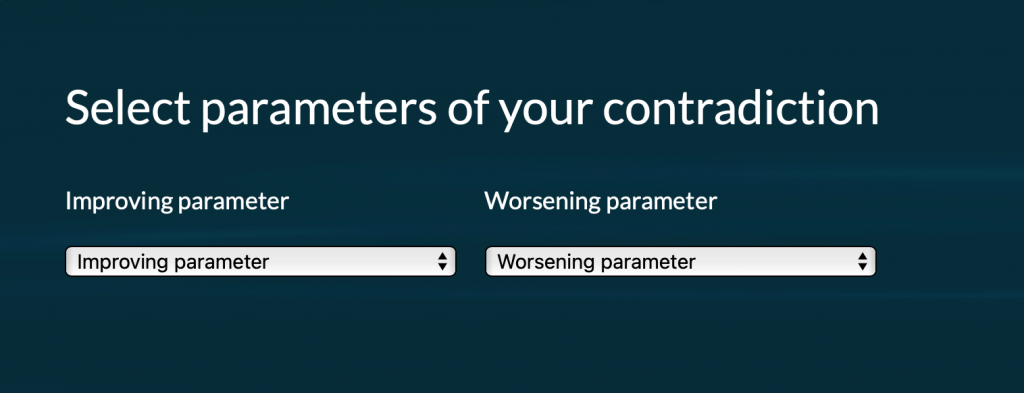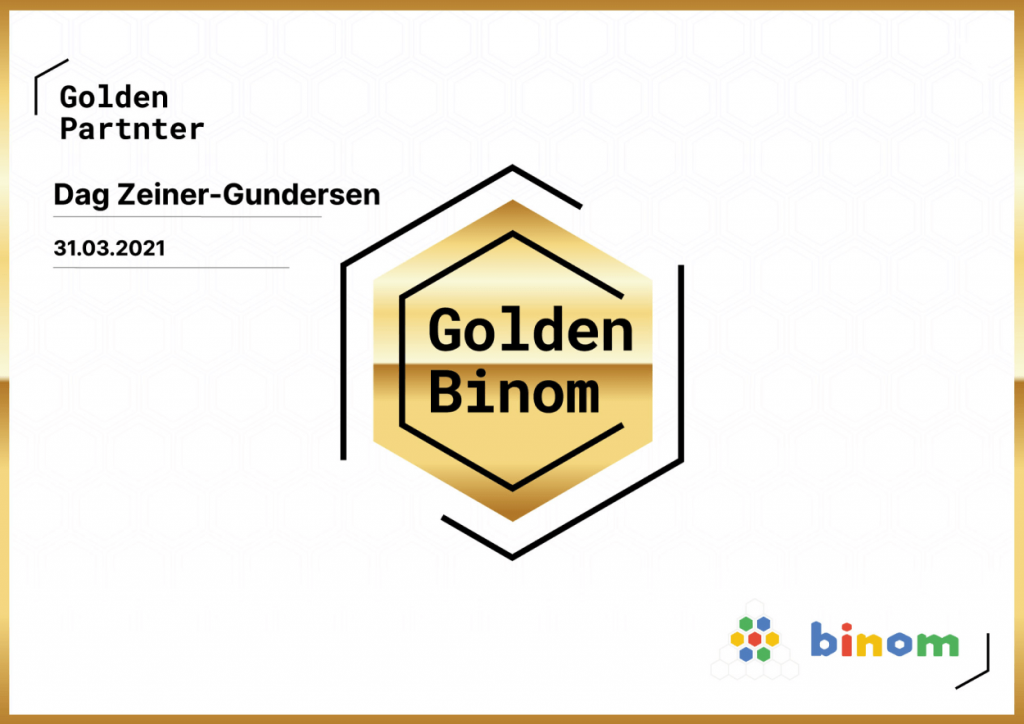Dag H. Zeiner-Gundersen and Vladimir Winner argue that project management organizations should use artificial intelligence (AI) driven algorithms when optimizing project costs.
Guest Writers Dag H. Zeiner-Gundersen, Ph.D & D.Sc, and Vladimir Winner, founders of the BINOM, AI driven algorithms.
We are enhancing the use of AI algorithms from BINOM, which was founded by Dag H. Zeiner-Gundersen, holding a DSc in AI driven resolution algorithms and an experienced risk mitigator, and Vladimir Winner, an entrepreneur specializing on digitalization, AI functionality and human interaction.
Project management cost optimization processes.
Dr. Dag H. Zeiner-Gundersen, who is also an international experienced project manager, states that successful project management processes should include using AI driven algorithms for project management risk resolution and mitigation, and in the exercises for cost optimization. Most of the project management programs, project execution and planning systems, and programs for mitigating or resolving technological originated project risks, address the topics with simple and ordinary systematising methods. These methods rely on managing the individual operator’s and expert´s input and knowledge without additional assistance, although they provide a good overview. These programs are systemizing, organizing and classifying activities, personnel, operative activities, equipment and facility costs, but do not directly assist in optimizing such costs. So, how to use such AI driven algorithms in optimizing project costs?
Artificial Intelligent (AI) driven algorithms shall be used in mitigating project challenges and to resolve technological originated risks and associated operational, equipment and facility costs by establishing alternative solutions and contingency strategies. Current project management systems shall be facilitated if used with the assistance from AI driven algorithms. The availability of fast and accurate operator support tools for resolving, mitigating risks, solving dilemmas and optimizing cost and schedule is more effective than relying exclusively on the expertise of project coordinators and other experts. The support to project coordinators and experts from decision supporting AI driven algorithms further allows better training and utilization of all categories of personnel, and improvement of management´s project process monitoring and project financial risk offset.
AI driven algorithms, when architected effectively, will use available results of historic based inventive and resolution principles, standards, and solutions, and apply these methodically in combination with internal and external data bases. This also supports the often required need for crosslinking various sciences in deriving or selecting the best alternative and pushing these boundaries methodically in the progress of cost reductions.
Companies and organizations innovating and optimizing methods of project management need to ensure that processes, programs, and executional results are effective. We would therefore argue that it is a must, in cost optimization, to focus more on automated processes, logical methods, and generate analysis of alternatives in particular for high cost elements.
Below is shown a figure representing the typical increased costs, as function of project progress throughout the various development stages of a project and or product/service development. Thus, much can be achieved by cost optimization with alternative paths early in the project development.

Typical and representative example of cost versus time relative to project stage. The figure demonstrates a typical innovation development of technology project from the energy sector.
AI driven algorithms from BINOM used for addressing project costs.
There are a number of project management systems, execution and planning systems, certified procedures, float diagrams and smart tools associated with project management, but programs mitigating, solving or presenting alternatives to established project cost elements and solutions are missing. Nor are there effective use of available experience data and applied artificial intelligence (AI) into the process of reducing costs after the initial project has been established although some limitations to alterations and optimizations might be present when a quoted project with a client is established. However, most internal and external executed projects will usually have reasonable opportunity for changes as long as quality, function, exhibition, safety and schedule are not much impacted. Presently, in order to achieve a project cost reduction, this activity is pretty much left to the project management and experts, with limited tools for assistance. AI driven algorithms, such as from BINOM, are highly effective because they rely on extensive use of historic established data bases and use valuable statistics on results and data collected. AI driven algorithms can, by using this data, allow current results and future forecasted or cascade effects and alternatives with associated cost elements to be forecasted and analyzed. This will ensure that the management has an effective tool through the use of automated, principle and solution delivery from AI driven algorithms.
Further, to support and effectively test current activities and cost elements as a regular scheduled action and to contingency plan for cascaded effects, such project activities, solutions and related cost elements include addressing the following: 1) detailed technological challenges and problem/dilemmas, present or forecasted; 2) operational execution dilemma and complexity; 3) solutions to safety dilemma and complexity in operation; 4) technological and scientifically environmental effects, dilemma and problems; 5) personnel and internal organizational challenges/dilemmas; 6) financial impact challenges and need for contingency allocations; and 7) technological solution´s on reputational/communicative dilemmas. A very simple HMI must also be achieved when utilizing the AI driven algorithms. Too high of a user threshold will end in a non-used tool, i.e., not a cost effective investment. In such, HMI simplicity in use and approach with drop-down menus and automatically suggested principles and solutions and or mitigations should be used. A typical example on sub division of project activity problem areas are shown below. In such, typically the 10 highest cost risk related activities should be subdivided into sub causes and tested through the algorithm for cost effective alternative solutions


Figure, showing to the left, sub cause division of activity/cost element and to the right a typical organizational strategy from project visonal strategy and related to the activities utilizing AI driven algorithms in project work and workshops.
The use of a simple straight forward AI driven algorithm, such as one of the BINOM basis algorithm; innovationsolver.com, is a typical example on simplicity in HMI. See, figure below and note that the parameters making the dilemma better or worse can be alternated on the same sub activity, thereby expanding possible cost saving solutions.


Above one simple standard BINOM algorithm that might be used for the process of finding alternative cost optimizing principles and solutions, applied to detailed project activities and risks/cost drivers.
Extraction, interpretation & analysis, statistics, and Artificial intelligence (AI) behind the BINOM algorithms.
The available and current development of BINOM algorithms, extract, execute, analyze and apply information into the processes for cost optimization using one of our root algorithms, such as Z-BINOM. The BINOM algorithms are developed to be tactically and strategically distinct useful, which is different from other typical AI driven algorithms. The Z-BINOM can be used for solving all of current issues, cascade effects and contingency solutions for alternative principles, standards and solutions. Another important work package in development and integration is the P-BINOM module, which is based on modification/alternation to our interpretation T-BINOM for increased cost optimization, self-interpretation and learning. The P-BINOM data extraction will be executed by analyzing both existing and expanded data sources.
It is important to select appropriate and reliable data bases, while being able to discriminate which data is appropriate for data extraction – all important parts of a project development. There is a lot of available data, and the numbers are growing exponentially, thus making the AI more effectual. In this regard, it is important not only to correctly collect data, but the AI also to apply the interpretation and probabilistic correct conclusions, to present the appropriate recommendations. This is where AI driven BINOM algorithms with the right architecture comes in. We believe BINOM has the right architecture.
User friendly HMI is important and in the simplest form of the BINOM standard algorithm, these findings and results can be presented in the form of recommendations by reducing the required input from the user to just simple multiple-choice questions. Based on this, we offer the user, possible applicable selected principles and solutions and alternatives.
Effects
In monitoring the results, we return to the beginning of our conversation about the human factors. It is not enough to collect data, to analyze, to recommend solution. To improve project execution and reduce cost, we also need to gather data on the quality of the further of human actions will execute the results after receiving such recommendations. So, our task is not only to provide recommendations and solutions to cost effective solutions by AI driven algorithms, but also to ensure we reflect how the data will be implemented into the project. Herein, and as part of mentoring, training and organizational development we also invite world-class specialists with specific experiences. We focus on their conclusions, and then offer users robust solutions. A typical result from us of this method and use of the BINOM is a comprehensive study effectuated for a significant larger oil and gas operator in Norway providing a high number of cost saving elements for the subsea industry.




 Developed by Digital Forest
Developed by Digital Forest